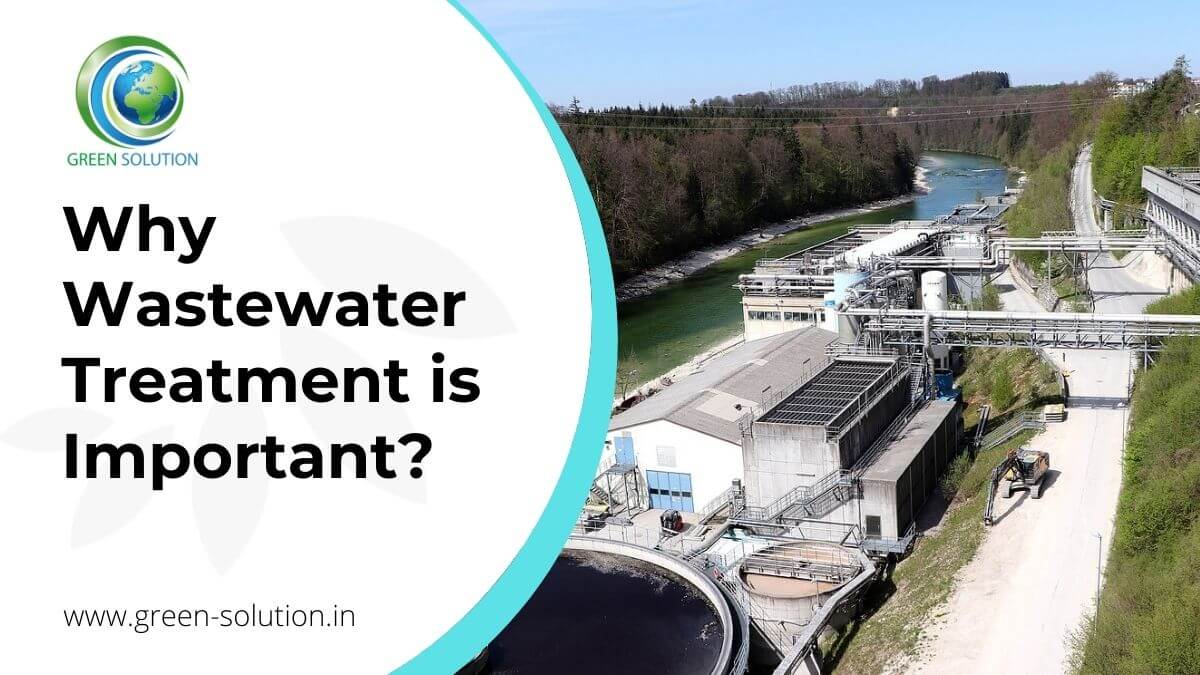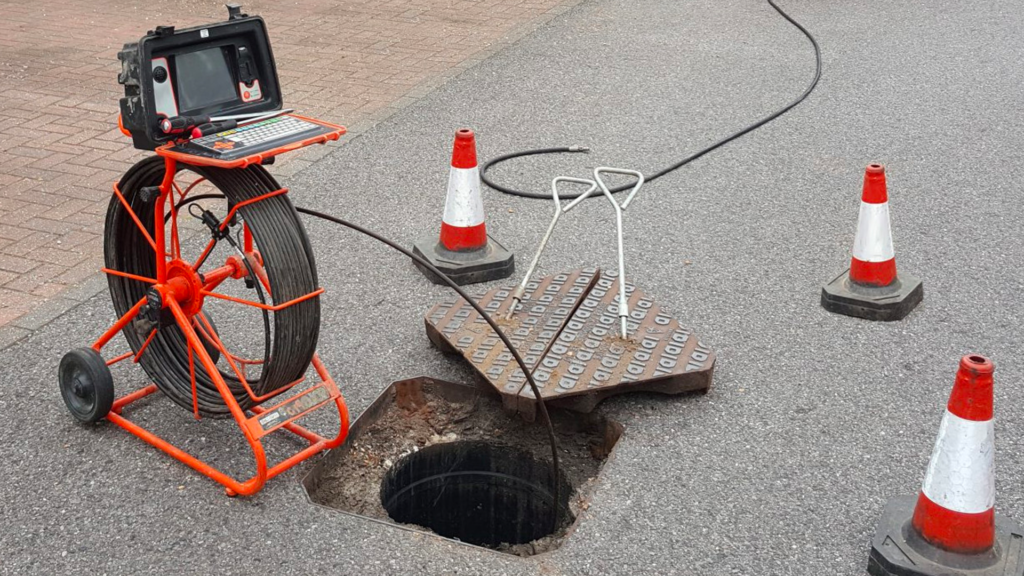The Best Strategy To Use For Reclaim Waste
Table of Contents6 Easy Facts About Reclaim Waste DescribedThings about Reclaim WasteHow Reclaim Waste can Save You Time, Stress, and Money.Rumored Buzz on Reclaim WasteReclaim Waste Fundamentals Explained
Domestic sewage waste refers to the waste and products from a domestic septic storage tank. The appropriate administration and disposal of domestic sewage waste need liquid waste to be transferred to a sewer therapy plant where the correct approaches and equipment are used to purify and dispose of waste.
Industrial waste commonly includes possible risks, such as flammable materials or a mixture of liquid and strong waste items, and requires an advanced and in-depth disposal procedure. The disposal of commercial waste typically entails the purification of waste prior to transport to make certain safe and correct disposal. Hazardous waste is created from by-products and drainage of commercial procedures and manufacturing.
This sort of waste can not make use of the same sewage monitoring transport or procedures as septic or commercial fluids. The industrial waste monitoring process calls for the inspection and screening of liquid waste prior to it undergoes the disposal process (industrial wastewater treatment). Drainage waste is the fluid waste that originates from drainage and excess stormwater in highly populated areas or cities
Runoff waste can create contamination and flooding if not managed appropriately. Making sure proper waste administration can avoid calamities and minimize ecological damage.
Not known Facts About Reclaim Waste
Get in touch with PROS Solutions today to learn more about our waste management and disposal services and the proper methods to look after the fluid waste you produce.
(https://www.ted.com/profiles/48198485/about)
Do you recognize what occurs to your water when you end, purge the bathroom or drain the cleaning device? No? Well, it's worth knowing. This so-called 'wastewater' is not only an important source but, after treatment, will be launched to our land, waterways or the sea. Used water from bathrooms, showers, baths, kitchen sinks, washings and commercial processes is referred to as wastewater.

water utilized to cool equipment or clean plant and devices). Stormwater, a form of wastewater, is overflow that streams from farming and city locations such as roofs, parks, gardens, roads, paths and rain gutters into stormwater drains pipes, after rainfall. Stormwater flows without treatment directly to local creeks or rivers, ultimately getting to the sea.
4 Easy Facts About Reclaim Waste Described
In Queensland, the majority of wastewater is dealt with at sewer therapy plants. Wastewater is delivered from residential or commercial sites via a system of sewers and pump stations, called sewage reticulation, to a sewage treatment plant. Neighborhood federal governments build, keep and operate most sewer treatment plants. Operators are certified under the Environmental Management Act 1994 to discharge cured wastewater at an acceptable environmental criterion into rivers.
The Division of Natural Resources encourages local governments regarding managing, operating and preserving sewage systems and treatment plants. In unsewered areas, city governments might call for owners to set up specific or home sewage therapy systems to treat domestic wastewater from commodes, kitchens, bathrooms and laundries. The Department of Natural Resources authorises using family systems when they are proven to be efficient.
In some new communities, treatment of some stormwater to eliminate trash, sand and crushed rock has started utilizing gross contaminant traps. Wastewater therapy happens in 4 stages: Eliminates strong issue.
Makes use of tiny living organisms knows as micro-organisms to damage down and eliminate remaining liquified wastes and fine fragments. Micro-organisms and wastes are integrated in the sludge.
The 8-Minute Rule for Reclaim Waste
Nutrient elimination is not available whatsoever sewer therapy plants because it requires costly specialist equipment. It is becoming extra common in Queensland. Clear fluid effluent produced after treatment might still have disease-causing micro-organisms. If this effluent is launched right into rivers such as rivers or the sea, the micro-organisms will ultimately pass away out.

This usually implies wastewater has actually to be treated or contaminants gotten rid of prior to it can be released to rivers. Many wastewater moves into the sewerage system. Under the Act, regional federal governments provide authorizations and licences for ecologically relevant tasks (Periods) including wastewater releases that might have a neighborhood effect. The division provides approvals and licences to Ages including wastewater launches that may have a local or statewide effect.
The 15-Second Trick For Reclaim Waste
Monitoring gives valid info concerning water high quality and can verify that licence conditions are being met. The details obtained via monitoring offers the basis for making water high quality choices.
 Michelle Trachtenberg Then & Now!
Michelle Trachtenberg Then & Now! Robbie Rist Then & Now!
Robbie Rist Then & Now! Lynda Carter Then & Now!
Lynda Carter Then & Now! Traci Lords Then & Now!
Traci Lords Then & Now! Richard Dean Anderson Then & Now!
Richard Dean Anderson Then & Now!